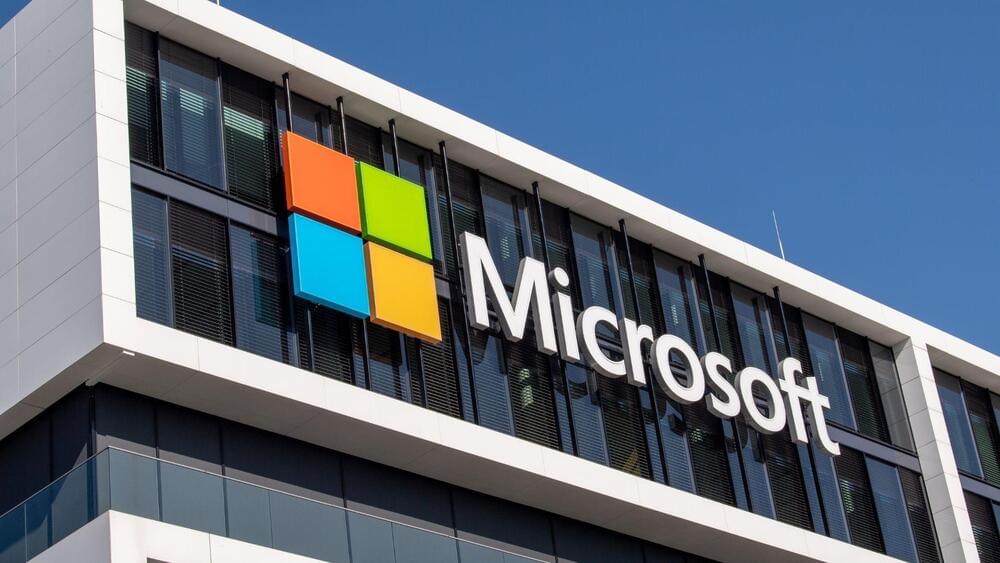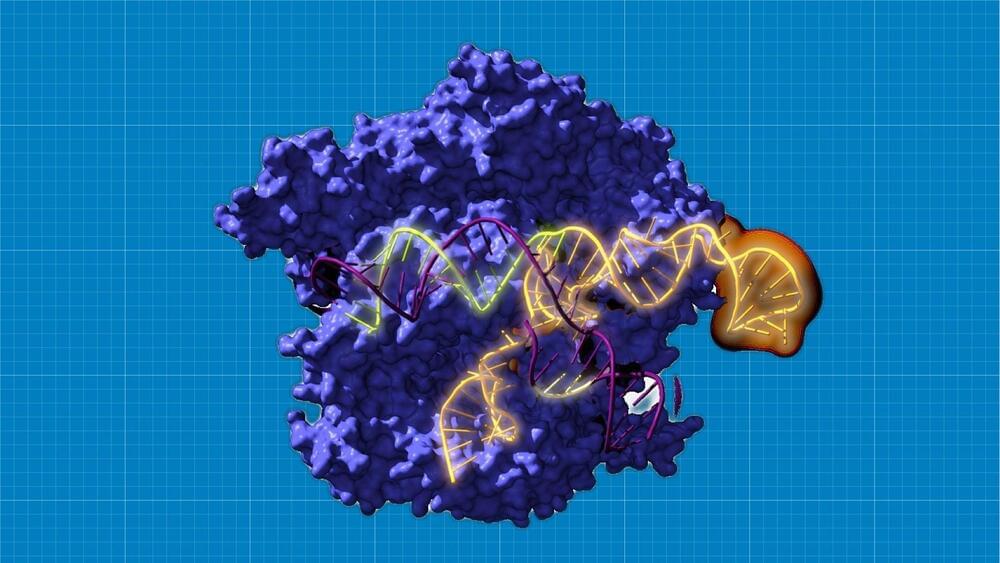In quantum physics, particles exist in many states at once until you measure them. Can reality really work that way?



It’s all part of an in-space manufacturing initiative that could drastically reduce costs for future space missions.
A new experiment does away with one of the biggest hindrances manufacturers face here on Earth — Gravity.
MIT scientists are collaborating with NASA to build test parts in space as part of a research program aimed at unleashing the full potential of microgravity manufacturing.


Though OpenAI CEO Sam Altman recently said it would be “a mistake” to use ChatGPT for anything important.
Microsoft aims to integrate OpenAI’s ChatGPT chatbot into its Bing search engine in order to boost its user count and rival Google, as per a report from The Information.
Could OpenAI enhance Microsoft’s search engine credibility?
Picture alliance/Getty Images.
According to the report, Microsoft hopes a more conversational search experience, in which a bot provides contextual replies based on search queries, will lure users away from Google, which currently dominates the search landscape.

Just like the distant galaxies, the deep seas continue to bring us wonder and awe.
Beyond every shoreline lies a sea, a seemingly uniform body of water with turbulent, ceaseless movement that joins the coastlines into a continuous whole, showing no sign of the borders and labels we set upon it. In many ways, these large bodies of water are as mysterious to us as the distant galaxies and stars in the cosmos. But they are also right here, in the midst of our own world and interacting with our planet’s atmosphere as a realm of hidden objects, shadowy dreams, and deep sea creatures.
Do you ever think about the creatures that lie deep below the seas?
EXTREME-PHOTOGRAPHER/iStock.
The deep seas.

“This research signifies an extraordinary advance in knowledge about the origin and evolution of CRISPR-Cas systems.”
An international research team reconstructed the CRISPR-Cas system for the first time, dating back to 26 billion years ago. Their findings imply that the revived systems are functional and more adaptable than the previous iterations.
Led by teams from the Spanish National Research Council, the University of Alicante, the Rare Diseases Networking Biomedical Research Center (CIBERER), the Ramón y Cajal Hospital-IRYCIS, and other national and international institutions are working with Ikerbasque research professor Rául Pérez-Jiménez of CIC nanoGUNE.

Bridge did not appear until roughly 35,700 years ago, fewer than 10,000 years before the last ice age peaked.
It is thought humans arrived in the Americas for the first time through the Bering Land Bridge. Now, researchers at the University of California Santa Cruz claim that Bering Land Bridge formed surprisingly late during the last ice age.
“Last Glacial Maximum grew after 46,000 years ago”
Getty Images.
According to a recent study that reconstructs the history of water level at the Beringia, the Bering Land Bridge did not appear until roughly 35,700 years ago, fewer than 10,000 years before the last ice age peaked, as per the new study.

He was also a physicist and a night fighter pilot.
Walter Cunningham, NASA astronaut who flew on Apollo 7, an 11-day mission manned mission in 1968 that paved the way for the first human landing on the Moon, has died at the age of 90, NASA said on its website. Cunningham died of natural causes at a hospital in Houston on Tuesday.
Born in 1932, Walter Cunningham joined the U.S. Navy in 1951, where he served in the U.S. Marine Corps and flew 54 missions as a night fighter pilot In Korea before retiring at the rank of a colonel. He then graduated with Honors in Physics in 1960 and followed it up with a distinction in Physics a year later at the University of California at Los Angeles. astronaut Walter Cunningham, who flew into space on Apollo 7, the first flight with crew in NASA’s Apollo Program, died early Tuesday morning in Houston. He was 90 years old.

In 2021, one of the record years in biotechnology investments, about 50 drugs were approved by the FDA. 36 of these were small molecules. In my opinion, only about 5 of these were truly innovative targeting novel mechanisms and novel targets. The 10th revision of the International Classification of Diseases (ICD) contained 55,000 codes for diseases, injuries and conditions. Even if we assume that there are only 10,000 diseases, 50 FDA approvals per year seems to be an extraordinarily small number.
The reason for this small number of innovative and effective therapeutics is the long time, high cost, and low probability of success of drug discovery and development. On average, this process takes 12 years, costs over $2 Billion dollars and fails over 90% of the time. The most innovative therapeutics with novel targets have even higher probability of failure. To get these 50 drugs approved in 2021, the pharmaceutical companies globally spent over $100 Billion and over a decade.
The biotechnology industry is very different from any other industry and it is important to understand how it works, and the role China plays in delivering safe and effective medicines to suffering patients worldwide. Sharing risk, expenses, and infrastructure will result in acceleration of global biotechnology and increase the number of innovative drug approvals. Closer collaboration between the US and China in biotechnology would allow investors to share huge risks and returns while benefiting everyone on the planet and making this world a much better place.
“She cooks, she cleans, and she still finds time to play ball with Elroy,” George and Jane Jetsons’ six-and-a-half-year-old son. Set in the year 2062 and described in the 1960s animated sitcom The Jetsons as an “aluminum-encased, battery-powered robotic maid” who is the “perfect answer for any modern family,” Rosie the Robot takes care of chores around the house while also serving as friend and confidante of mother Jane. Sarcastic and funny, Rosie is a hardworking nanny and aunt figure to children Elroy and Judy.
While many technologies The Jetsons predicted for 2062 have become reality, such as video calls and smart watches, the full realization of robots as the 1960s ideal friend and helper who makes life easier has yet to be fulfilled. For twenty-five years, roboticist Daniel Theobald has been on a mission to create robots that can solve the world’s most pressing problems. But rather than focus solely on making robots be more human, his calling has been to use them to help humans be more human.
The co-founder of Vecna Technologies and Vecna Robotics tells the story of a client who once came to him worried about their aging population. Vecna was one of the only modern robotics companies doing cutting edge work, and they wanted to talk about creating robots to take care of the elderly. Theobald says, “I felt that was completely backwards. Why would we build robots to take care of humans, and send our humans to work in a factory? Robots should be used to do the things that don’t matter. People need real, meaningful work like taking care of each other and the people we love. We should use technology to give us more time to be human, to do more meaningful activities like art, science, caring for the elderly, exploration of the universe, those sorts of things.”